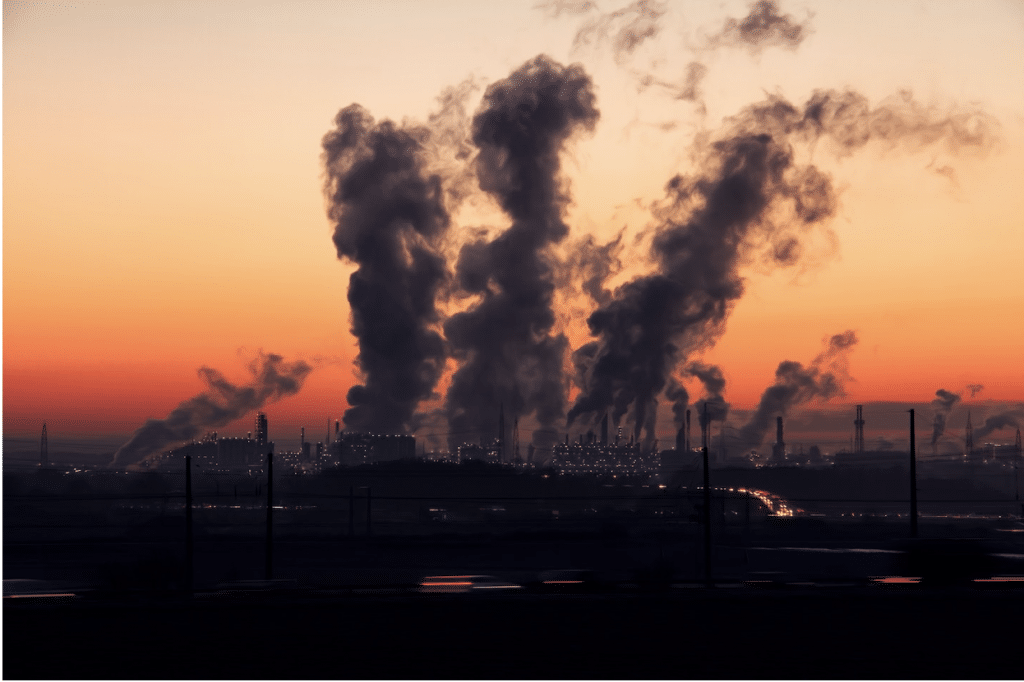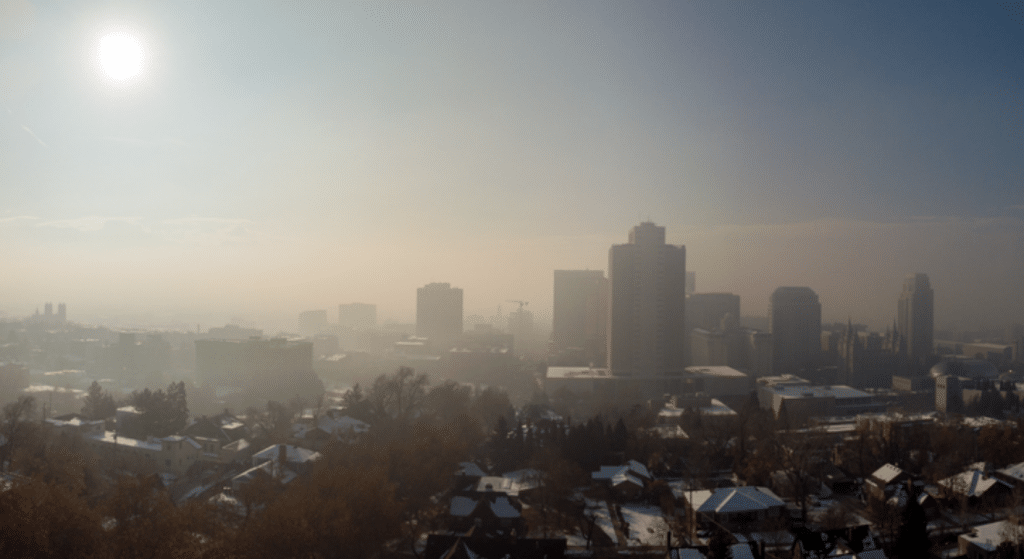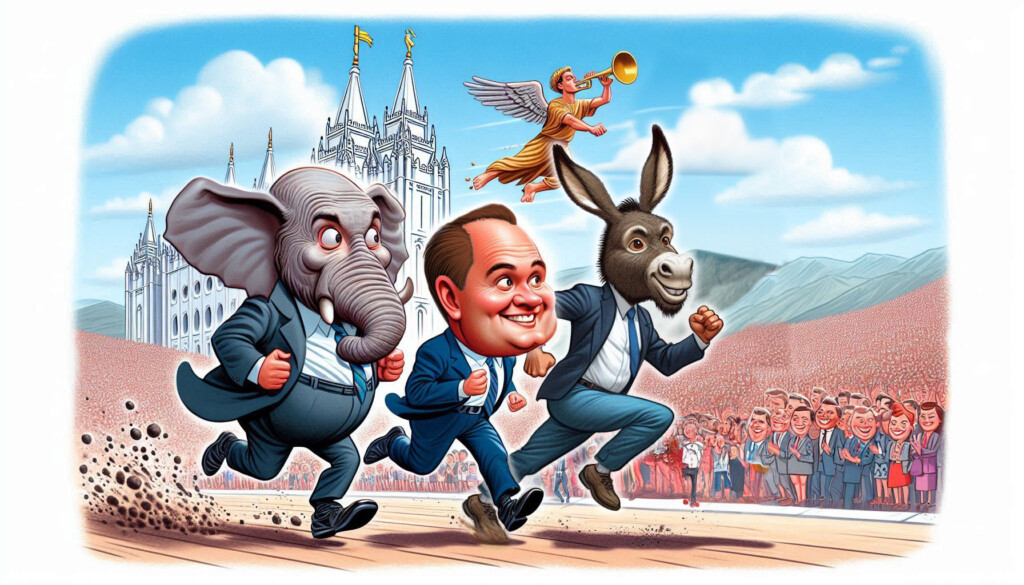Why aren’t Utah’s political leaders using our budget surplus to expedite our transition?
Utah has some of the very worst air quality in the world for the size of our population. In Utah, childhood asthma rates are some of the highest in the U.S. Our abnormally high rates of lung cancer, cardiovascular disease, emphysema are all linked to our particularly high-particulate matter dirty air.
Today, there are three emerging technologies that could dramatically improve our air quality in the next 2-5 years, if our political leaders choose to use some of our budget surplus to expedite the process to convert us away from fossil fuel energy production.
Electric Vehicles / Solar Arrays / Battery Technology
Those technologies are EVs (electric vehicles); extremely cheap QW/H solar arrays; and battery backup reserves that could drastically improve our solar power generation capacity by storing far more solar-generated power than was ever possible.
Currently, EVs are still expensive compared to ICE (Internal Combustion Engine) vehicles, but not so much when the decreases in maintenance and no fuel costs are included. But Utah is actually cutting back on subsidies for electric vehicles and solar power. Why? Could it have anything to do with special interests who give our political leaders political campaign contributions who are in the oil, gas, mining and coal businesses? We cannot say so for certain, but just from an overall health perspective, if Utah’s political leaders were as concerned with Utahns health as they were helping their buddies in big energy, they would subsidize the adoption of EVs and solar in an a major way.
But of course, what matters just as much as transitioning our vehicles from ICE engines to emission-free vehicles is how we generate our electricity in Utah.
Currently Utah still predominantly generates our electricity by burning fossil fuels. Around 66% of our power is generated from burning coal and natural gas according to the US Department of Energy. It’s for good reason: Utah has huge reserves of coal; Utah has also huge supplies of natural gas and oil, and the infrastructure for this power generation is already in place.
But the impact of burning these fossil fuels is evident not only from our dirty inversion-day cities along the Wasatch Front but also in our National Parks. In hot summer months, the smog in Canyonlands and Arches National Parks settles into the canyons hazing the views for the millions of visitors who come there to escape the cities and witness some of the most spectacular natural beauty on earth. If we expedited the transition to solar, the coal-burning plants could be used for reserve power only and far less frequently.
The limiting factor of solar power has always been storage. It’s easy to generate plenty of power on sunny days, but on cloudy days the effectiveness of solar is dramatically reduced. Tesla’s new battery technology and their Megapack division is already solving this problem.
A Tesla subsidiary registered as Gambit Energy Storage LLC is quietly building a more than 100 megawatt energy storage project in Angleton, Texas, a town roughly 40 miles south of Houston. This project started not long after Texas was hit with a winter storm that left hundreds of thousand of consumers without power. This program allows for existing energy companies to partner with Tesla and their technology to alleviate and expedite the transition away from fossil fuels.

So What Could Utah Be Doing To Improve Air Quality and Adopt Cleaner Energy?
Very soon our Utah State Legislature will be meeting for a special session to decide what they should be doing with the several billion dollars that the Federal Government is handing out to states for their “Covid relief packages”. Utah’s State Legislature could help us all breathe easier and sooner by offering more solar subsidies, and especially subsidies for low-income residents who drive gas-guzzling vehicles to switch to EVs; and residents who would like to invest in solar arrays on their homes.
There is no doubt that Utah will transition to green energy in the next ten years with the rest of the world. But why not alleviate our growing pains now by expediting this transition?
State leaders have all the power and money to push forward greater subsidies. This could help our air become cleaner, our outdoor recreation to become more healthy and safe, and we could get more people out of cars and on bicycles.
It’s always been my contention that far more people would be willing to ride bicycles to commute to work; use Trax and Frontrunner and bike share programs if we had cleaner air. Taking measures to expedite this process would be an excellent investment into both Utah’s health and the best mitigating measure we could take to decrease the impact we are feeling from our rapid population growth. Growth is something we all need to live with, but dirty air and lung problems need to end now.
Subscribe to Utah Stories weekly newsletter and get our stories directly to your inbox






